Carnivorous Nepenthes Pitcher Rebecca Monkey Jars 12cm pot
£20.00
Out of stock
Carnivorous plants definitely fall into the category of weird, wonderful and downright fascinating. Mesmerising houseplant owners of all ages with their striking appearances and fascinating adaptations to capture and feed on insects and small creatures. It is no wonder they have held their popularity for decades.
Nepenthes Pitcher Gaya, commonly known as a Monkey Jar plant is a natural fungus gnat killer! If you have an issue with this pest this plant is for you. Perfect, natural alternative to yellow sticky traps for flies including fungus gnats!
Pictures represent our actual stock. The number of pitchers varies but plants constantly pushing new!
The best place to start with carnivorous plants is by understanding their natural habitat and how their environment has led them to form such unique adaptations. Carnivorous plants have been on the planet for a long time, around forty million years and have been found on almost every continent and tropical island with Antarctica being the only exception.
Carnivorous plants are typically found in areas that are high in natural light and moisture, as well as water-logged areas like swamps where the nutrients in the soil are virtually non-existent. Many of their strange adaptations have been formed from this lack of nutrients.
All plants need basic nutrients to survive and without them, they don’t stand much of a chance.
Nitrogen and phosphorus are two of the most important nutrients plants need, nitrogen is the main component in chlorophyll which plants use for photosynthesis. The other is phosphorus, which is needed to make this process possible. Plants use phosphorus to take in, store and convert the sun’s rays. Without it, they would be unable to use the sun’s energy to create the biomolecules (proteins, amino acids, DNA) they need to grow and reproduce.
Carnivorous plants have adapted over millions of years to get these essential nutrients from their environment. Unable to get these nutrients from the soil they have formed traps to capture insects and small creatures that are rich in the nutrients they lack.
There are approximately 600 different species that fall into the Carnivorous plant category. These different species have found ways of attracting, trapping, killing, and absorbing their prey purely to extract the nutrients they need for survival.
Most carnivorous plants will use bright colours, distinctive smells, and sticky surfaces to attract insects but there are some key mechanisms that make up the variations of carnivorous plants and most species can be spread across these different hunting strategies
- Snap traps use rapid leaf movement to snap shut and capture their prey.
- Bladder traps suck in their prey with a small internal vacuum.
- Pitfall traps entice prey into a small rolled-up leaf with digestive enzymes.
- Flypaper traps utilize sticky mucus to trap their prey.
- Eel traps use inward-facing hairs to force their prey towards the digestive organ.
Click here to check our care instructions to find out how to look after your carnivorous plant.
Would you like to learn about carnivorous plants? Check our article here.
Pet Friendly
- How should I position my Carnivorous Nepenthes Pitcher plant indoors for optimal growth?
- Position your plant in a spot with full light, as it thrives in bright, indirect sunlight. Avoid direct sunlight which can scorch the leaves, and ensure the environment is humid to mimic its natural tropical habitat.
- Is the Carnivorous Nepenthes Pitcher Rebecca suitable for beginners?
- Yes, this plant is considered easy to care for, making it a great choice for beginners interested in carnivorous plants. It requires minimal maintenance beyond regular watering and occasional feeding with insects.
- Can this plant coexist with other houseplants, or does it require isolation?
- It can coexist with other houseplants, especially those that prefer similar humid and bright conditions. Ensure it has enough space for air circulation to prevent pest issues and to allow its pitchers to dangle freely.
☀️ Light
☀️☀️▫️ (Medium)
The Nepenthes Pitcher Rebecca thrives in medium light conditions. It prefers bright, indirect sunlight, which mimics the dappled light of its natural, tropical habitat. Avoid direct sunlight to prevent leaf burn.
💧 Water
💧💧💧 (High)
This carnivorous plant loves moisture. Keep the soil consistently damp but not waterlogged. Use rainwater or distilled water for best results, as tap water can be too harsh due to minerals and chlorine.
🌡️ Temperature
🌡️🌡️🌡️ (Warm)
Monkey Jar plants prefer warm temperatures typical of a tropical environment. Maintain a temperature between 20°C to 30°C for optimal growth.
💦 Humidity
💦💦💦 (High)
High humidity is crucial for your Nepenthes Pitcher Plant. Aim for 60% or higher. This can be achieved by placing a humidifier nearby or using a pebble tray filled with water under the plant’s container.
🪴 Repotting
Repot every 2-3 years or when the plant outgrows its pot. Use a well-draining, acidic soil mix designed specifically for carnivorous plants to ensure proper nutrition and drainage.
🐾 Pet Friendliness
This plant is pet-friendly! It’s safe to keep around your furry friends without worry.
✅🪴 Recommended Locations at Home
Place your Nepenthes Pitcher in high-humidity areas like the kitchen or bathroom where it can also receive ample indirect light. It’s not only an attractive plant but also a practical one, helping in controlling fungus gnats naturally.
🌬️🪴 Air Purifying
While primarily grown for its unique insect-trapping abilities, the Nepenthes Pitcher Plant also contributes to air purification by removing certain pollutants around it.
✨ Other Plant Features
Beyond its eye-catching appearance and insect-trapping capabilities, the Nepenthes Pitcher Plant is fascinating with its adaptive evolution. It’s a lively topic of conversation and a wonderful educational tool for children and adults alike interested in botany and natural sciences.
If you have more questions, feel free to ask Mossbot or contact us via our website. Remember, we offer a free plant hospital service if your houseplants need extra care!
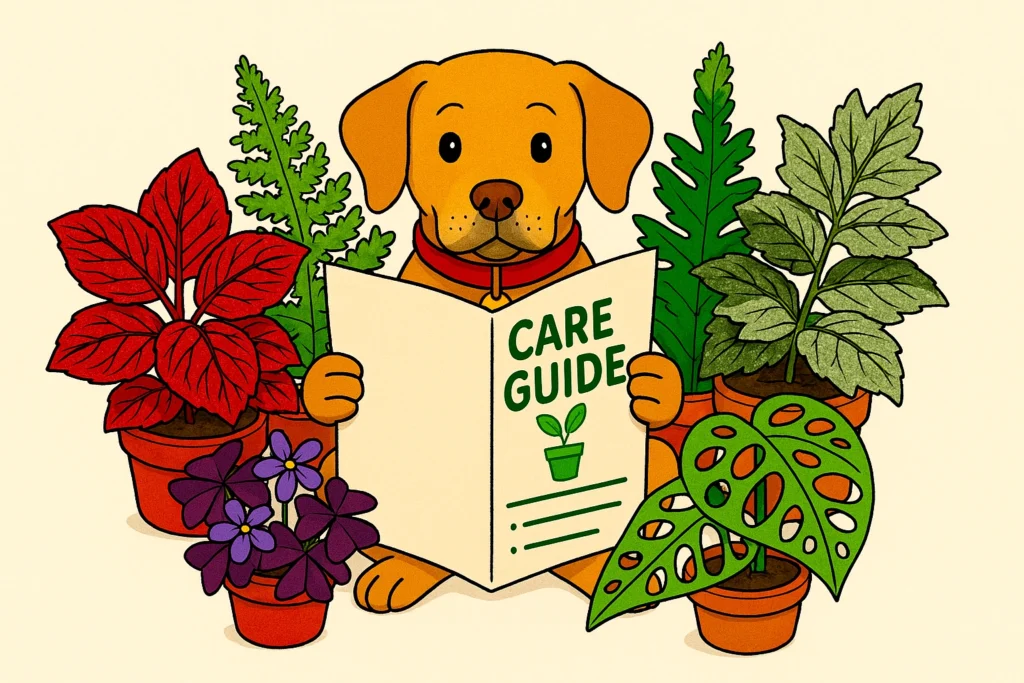
Free Care Guide With Every Purchase
Scan the plant pot QR for instant access to our care guide for your plant. No hassle, no stress, just healthy and happy plants.
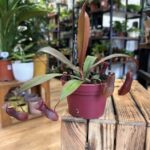 Carnivorous Nepenthes Pitcher Rebecca Monkey Jars 12cm pot
Carnivorous Nepenthes Pitcher Rebecca Monkey Jars 12cm pot


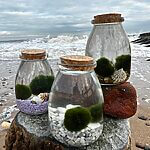
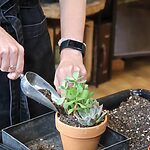
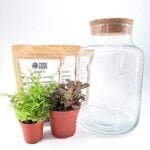
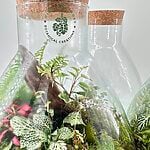
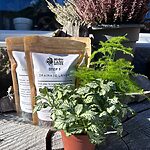
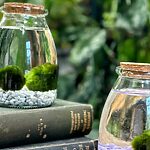
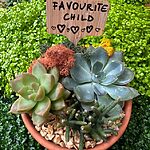
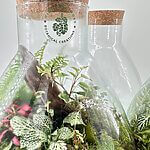


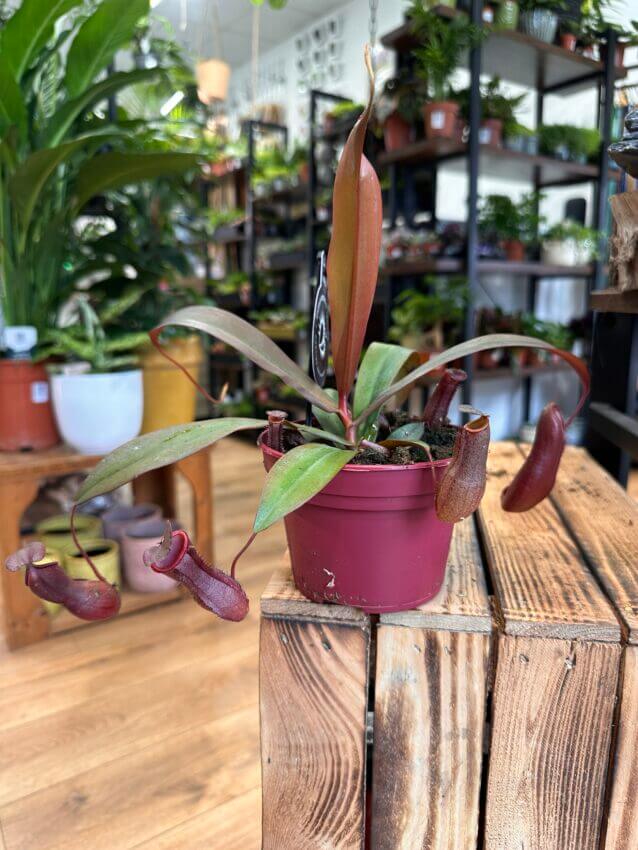
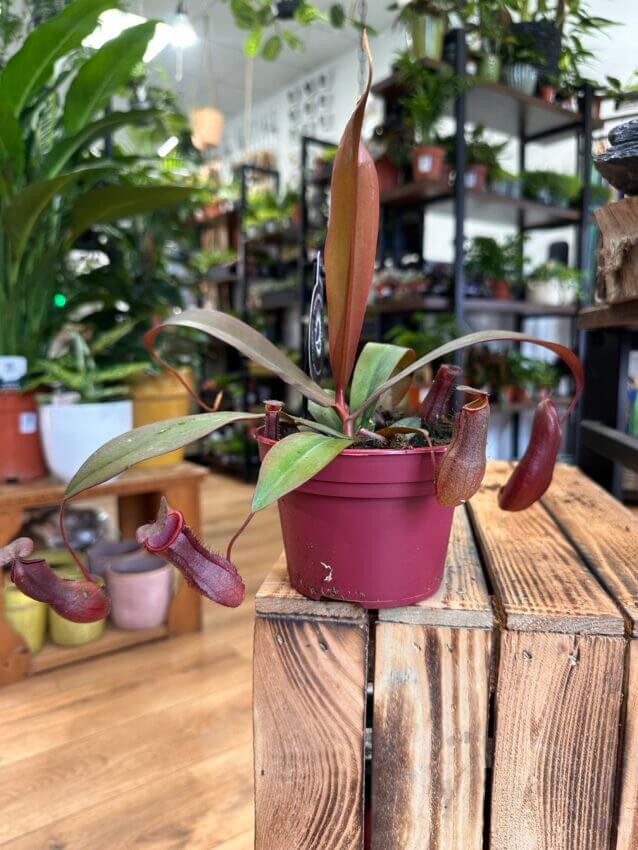
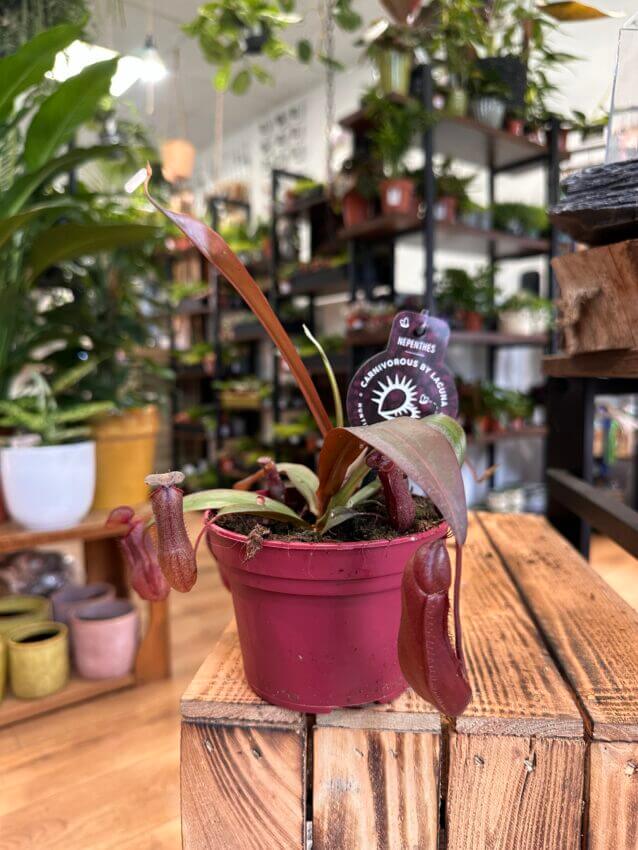
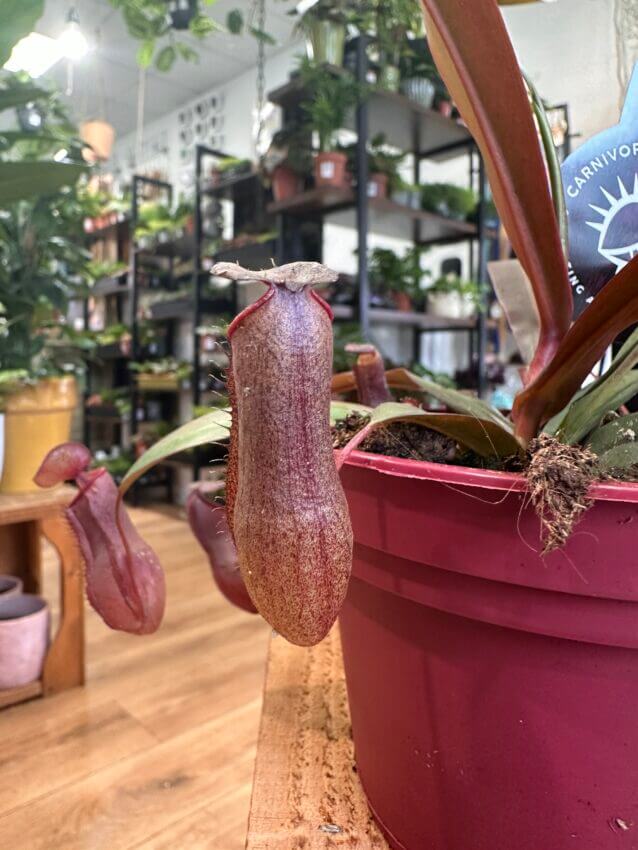
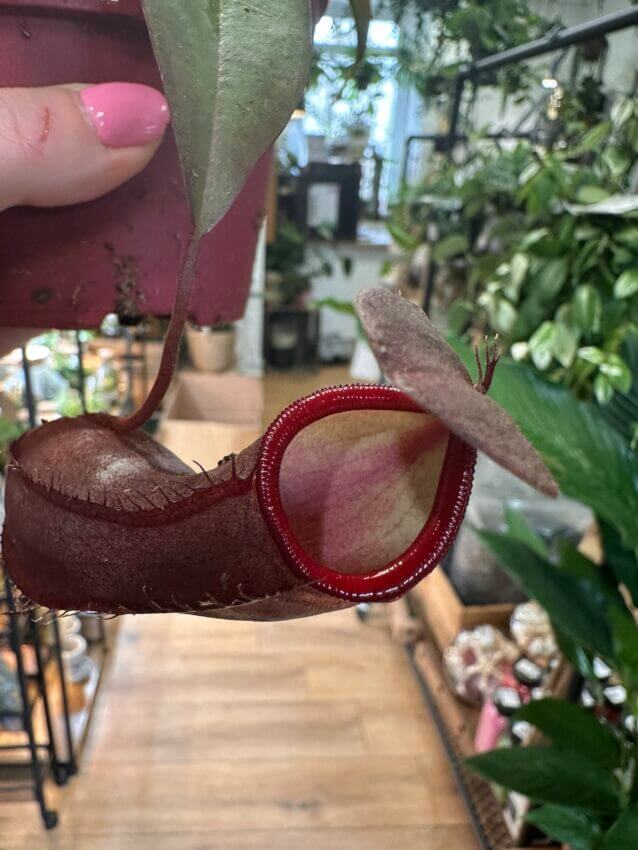

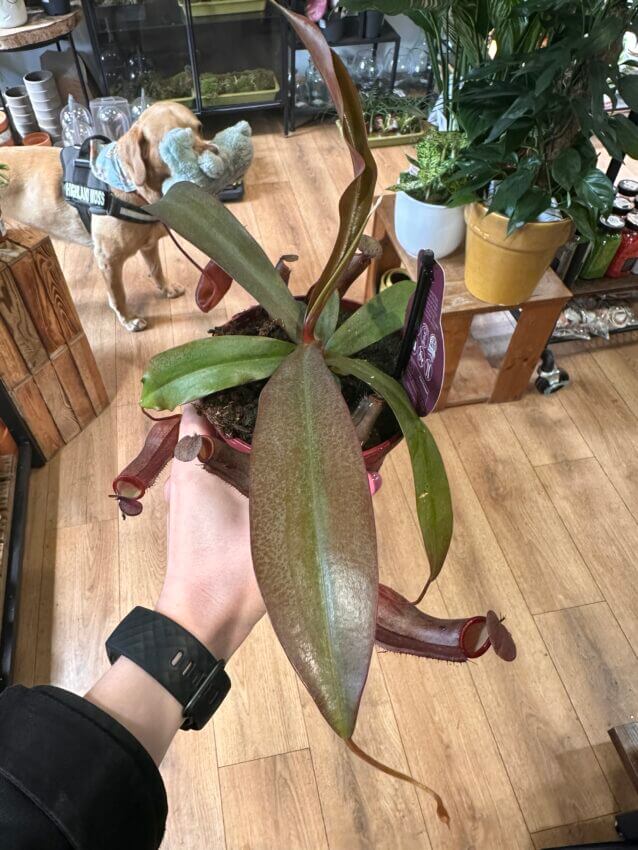
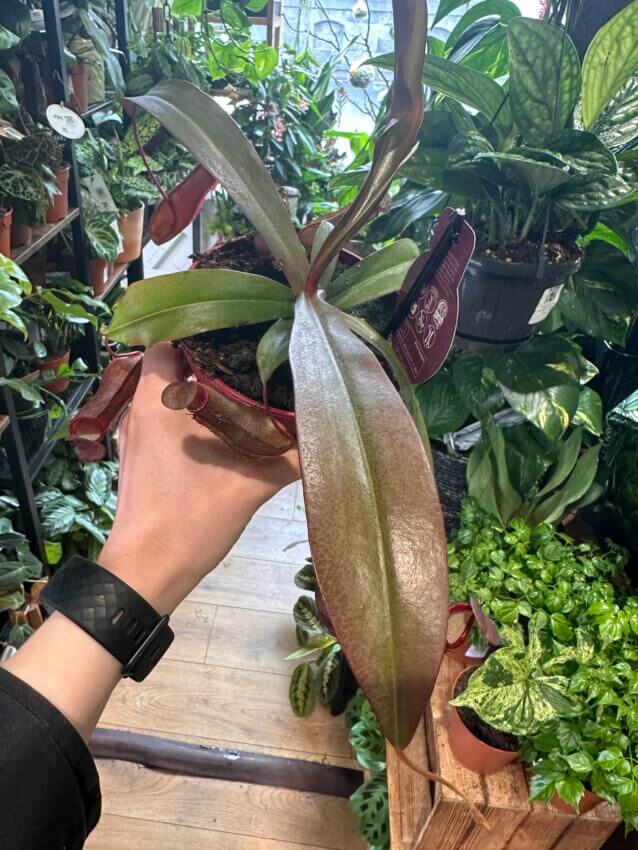
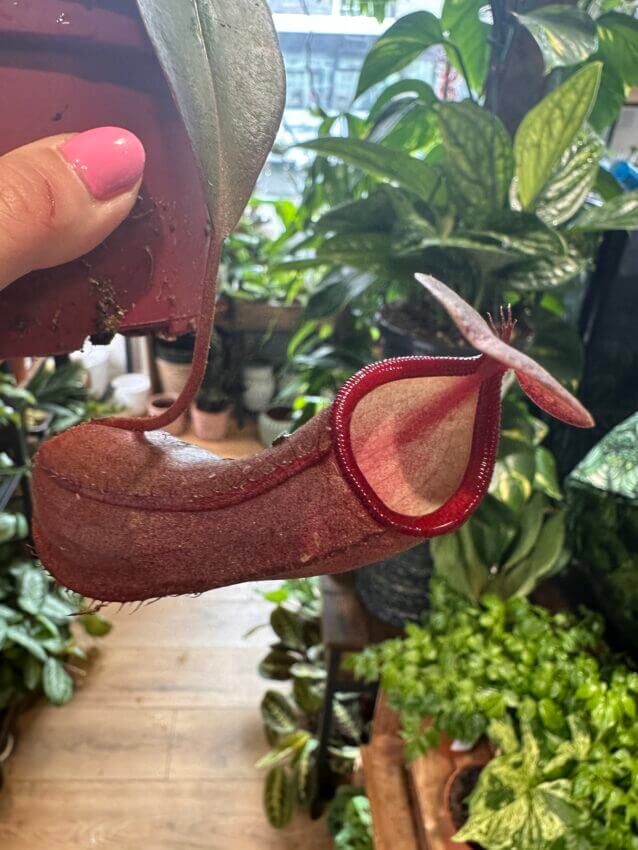
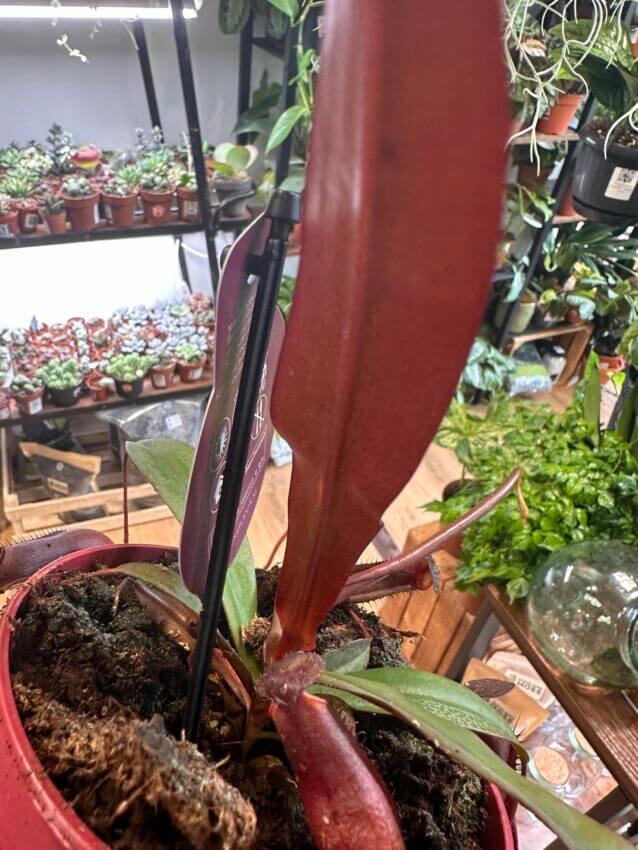
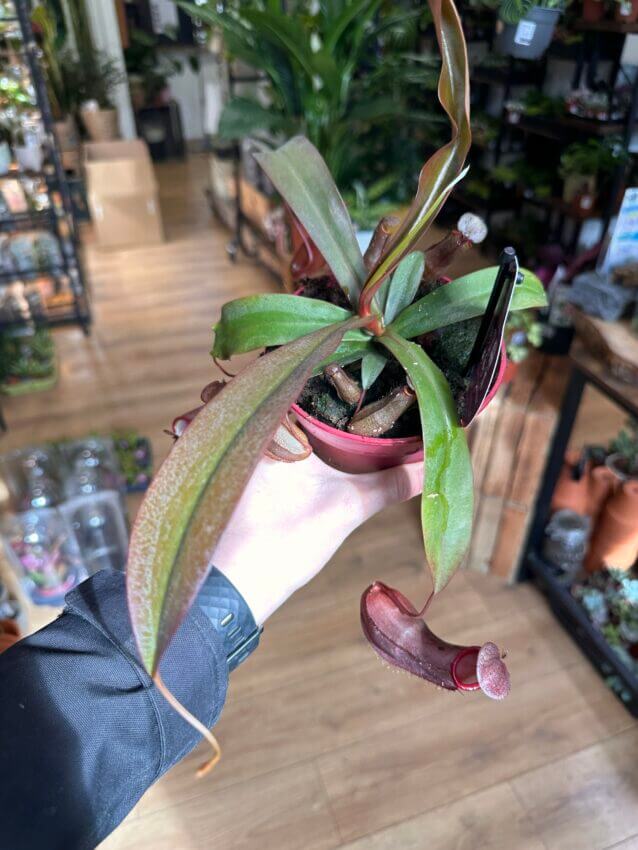
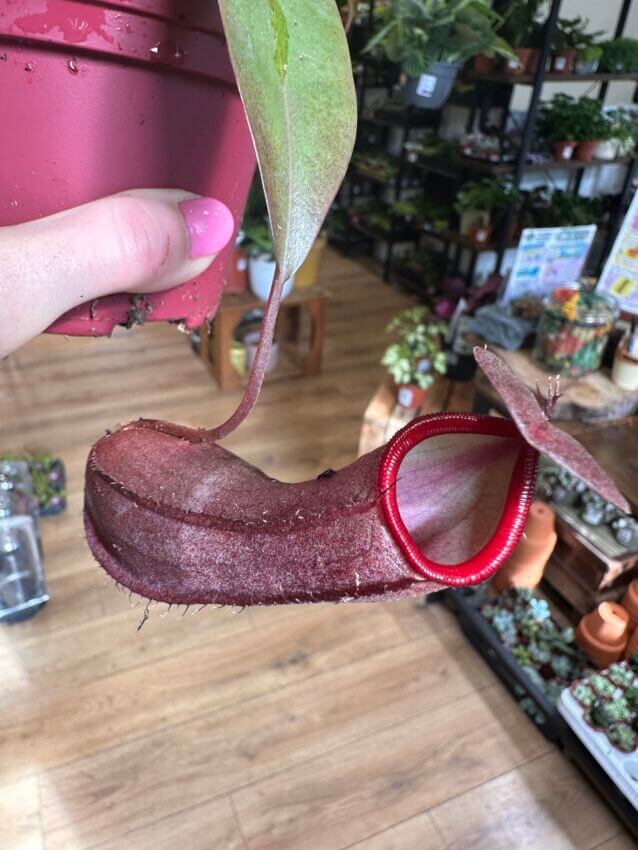
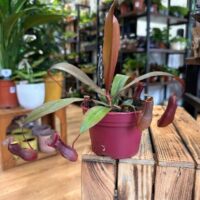
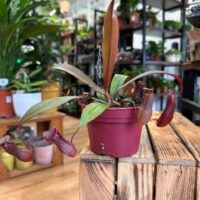
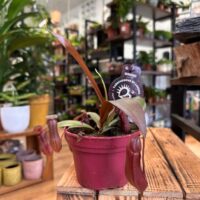
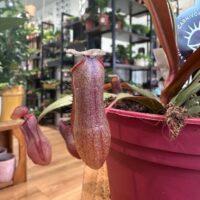
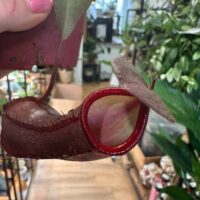
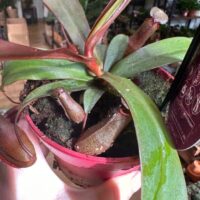
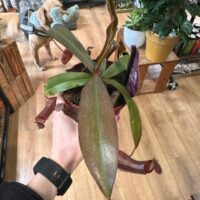
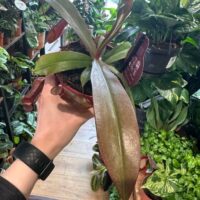
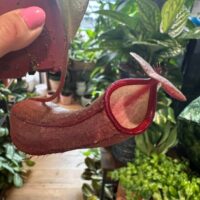
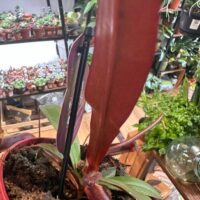
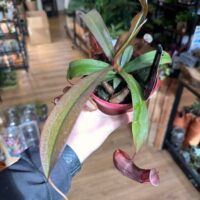
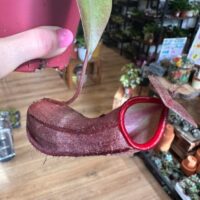
1 review for Carnivorous Nepenthes Pitcher Rebecca Monkey Jars 12cm pot